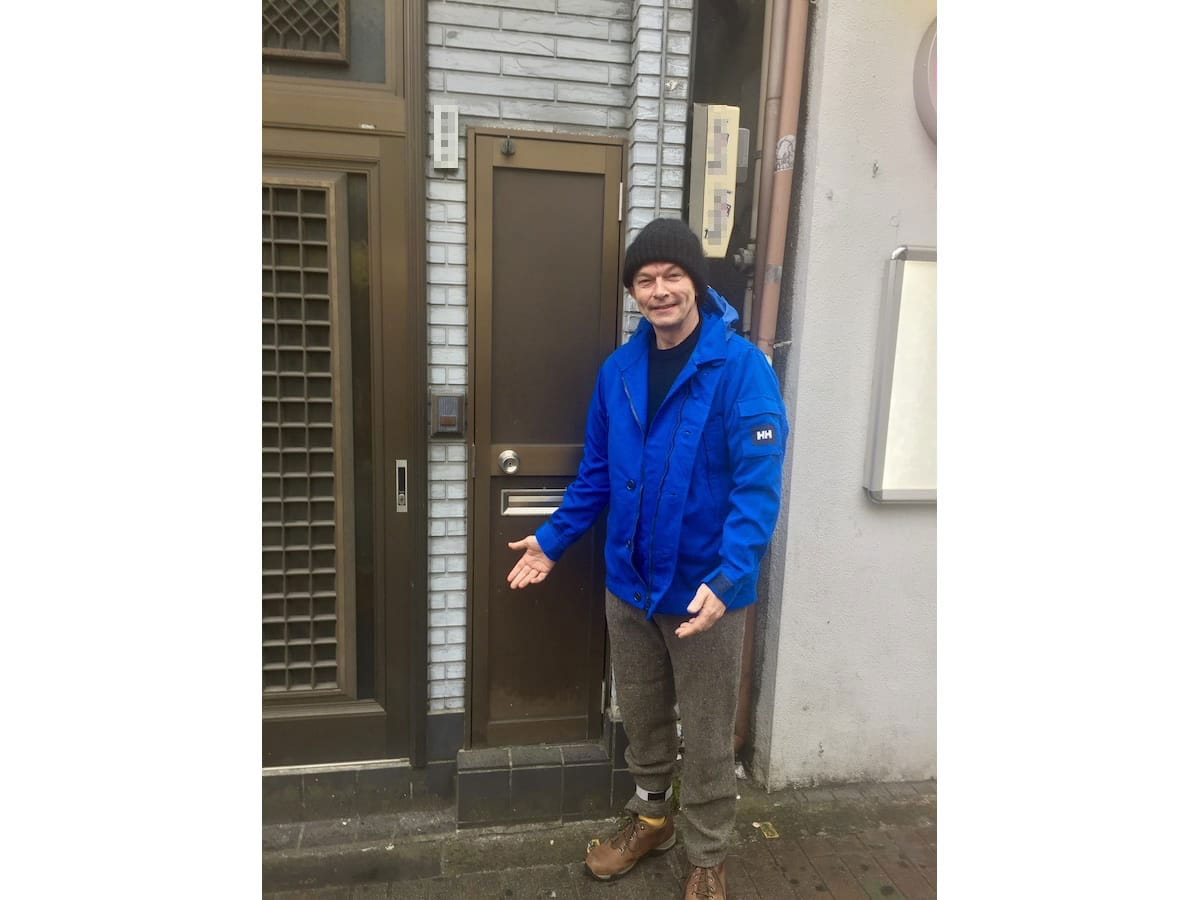- Tags:
- doors / Edo / Tokyo / urban design
Related Article
-

There’s A Mud Bar In Tokyo Where You Can Bathe In Mud And…Drink!
-

Tokyo’s Kirby Cafe Reveal New Menu of Awesome Dishes for Chapter 2
-

Keep your cool this summer with this non-alcoholic Black Honey Mojito
-

Get Savory Gapao Waffle On A Stick And More At Cold Stone’s First Takeout Store In Tokyo
-

Tokyo’s Halloween Pumpkin Ramen Looks Like a Witch’s Brew
-

Den-en-chōfu: Ebeneezer Howard’s utopian garden suburb brought to life in Tokyo



I like to think that the layout of a city reflects the frame of mind of those who built it. Just as Beijing is a vast monument to the orderly Confucian mindset, Los Angeles, which is defined by its highways, was created by people who made a virtue of being in a rush.
Modern London is still straightjacketed by the street plan of the medieval city. As a result, it is a city of higgledy-piggledy alleyways and dead ends. This reflects the shape of the medieval mindset, which was chock-a-block with intellectual dead-ends. One such belief was that the world was rusting. Another was that certain plants screamed when you pulled them out of the ground.
Another tiny door, this time in Okachimachi 御徒町. | Photo by George Lloyd
The epitome of the medieval city is Cairo, where more than half of the city's streets are said to lead to dead-ends. On the other hand, modern cities like New York are as symmetrical as the minds of the men that built them. The upshot is mightily impressive, although all those straight lines make for a rather predictable walking tour.
The back door to a bar in Shinjuku. | Photo by George Lloyd
Tokyo combines the best of both worlds. The layout of the modern city still cleaves to the pattern of highways, streets and alleyways created by the first generation of Edo-ites, who built a little city around the shogun's vast castle in the early 1600s.
But in spite of being a warren of back allies, Tokyo doesn't do dead ends. If you're tempted to explore an alley, guided by nothing more reliable than your curiosity, chances are that if you just follow your nose, sooner or later you'll emerge on to a big street.
The men who built Edo did all they could to avoid the stagnation caused by dead ends. That's why every street, no matter how small, leads to another street. They instinctively knew the importance of fluidity in a city, because as loyal followers of Confucius, they were at pains to avoid creating eddies in the stream of life.
With this principle in mind, they created an infinitely complex street map that also managed to be functional. To a New Yorker, Tokyo might look like a vast maze, but mazes needn't be baffling. Just take your time, keep walking and eventually you'll come out on the other side.
A tiny door in an unusual doorframe at St. Mary's Cathedral in Waseda. | Photo by George Lloyd
This aversion to dead ends is the likeliest explanation for the many tiny doors I have come across while exploring the myriad side streets and alleyways of Tokyo. Some of them are doorways to very small houses, which is only what you'd expect in a city as crowded as Tokyo. Others are not so much doorways, as barriers to hide the gaps between houses.
These damp, dank corridors are effectively dead ends. They lead nowhere, and only serve to tempt the nosey and frighten the timid. Given half a chance, the tidy-minded denizens of the city would simply brick up these offending orifices. They are, however, quite handy for storing the brushes, buckets and mops they use to keep the city tidy, hence the tiny door.